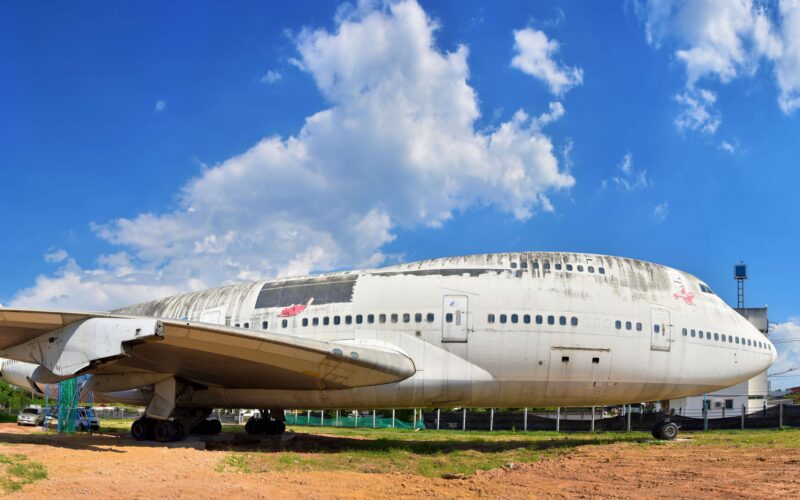Around 16,000 commercial passenger and cargo aircraft have been retired worldwide in the past 35 years. Meanwhile, up to 700 jets each year are getting closer to the end of their lifespan. But where do these planes go after retirement? AeroTime investigates the afterlife of a retired aircraft.
When does an aircraft become too old to fly?
Unlike cars, the lifespan of an aircraft is not determined by the distance flown during the years of active operations. And, even though age seems like a compelling way to define whether an aircraft remains suitable for flying, it is not the most accurate index. Many major aerospace manufacturers, including Boeing, Airbus, Bombardier, Dassault, Embraer and Gulfstream, usually measure the life expectancy of a plane based on various indicators, including performed takeoff and landing cycles, flight hours, flight frequency and maintenance hours.
For instance, regardless of the actual age of the plane, an Airbus A320 narrow-body aircraft can endure up to 60,000 cycles, while a Boeing 747 wide-body plane performes around 35,000 cycles, or up to 165,000 of flight hours, before its retirement. However, it takes up to 30 years for the plane to reach that particular amount of takeoff and landing cycles.
When it comes to lifespan, cycles are related to aircraft pressuziration in-flight as differences in pressure levels have an impact on the efficiency of a number of aircraft components, such as fuselage, wings, doors, windows, surface fasteners and rivets. Although a plane is designed to withstand differential pressure, it leads to aircraft skin defects as a consequence of deterioration over time.
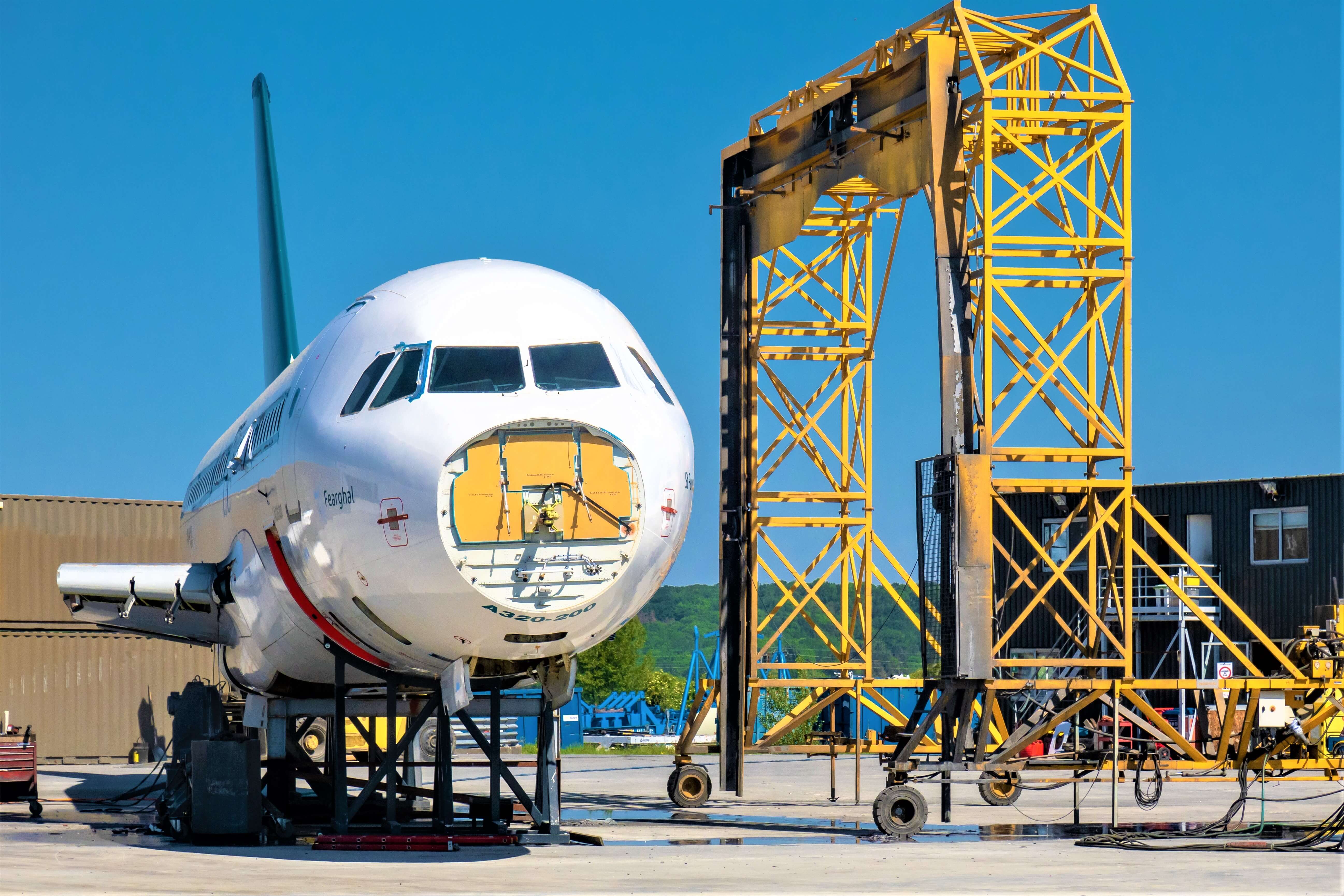
How many planes have been retired worldwide?
The International Air Transport Association (IATA) estimates that around 16,000 commercial passenger and cargo planes have been retired worldwide in the past 35 years. Meanwhile, every year up to 700 jets are getting closer to the end of their lifespan.
According to the IATA, the global pandemic has prompted airlines worldwide to bring forward early retirement programs of older and less efficient planes, especially wide-body passenger aircraft. But the aircraft decomissioning process has to be properly managed in order to prevent environmental and flight safety-related risks, according to the IATA.
A similar estimation has been made by the UK-based aerospace strategy consultancy NAVEO, which projects that with an average yearly fleet retirement rate varying between 1.7% and 3.4%, at least 11,000 passenger and cargo planes will be officially retired from service over the next ten years.

In its recent research, NAVEO found that in 2021 the average rate of aircraft retirements worldwide stood at 1.5%. Between January 2022 and March 2022, approximately 65 planes had been sent for scrapping. The consultancy says that if the current prices of aviation fuel remain high, the rate of retirements may grow above typical levels.
The company calculated that the average age of the 738 planes which were retired in 2020 was around 23.12 years, while the age of the 429 planes retired in 2021 reached around 23.09 years.
According to NAVEO’s data, the top four aircraft models most often sent for scrapping between 2020 and 2021 in the wide-body category were the Boeing 777-300ERs (with an average age of 13.8 years) and Airbus A380s (around 11 years). In the short-body category, it was the McDonnell Douglas MD-80s (30.8 years) and the Boeing 737 Classics (28.9 years).
Other types of planes frequently sent for scrapping aircraft included the Boeing 737NGs, the 737-600/700s as well as the larger version – the 737-800s – and the Airbus A320/A321 family planes.
“We forecast aircraft retirements will increase in the coming years (many older aircraft are due for retirement), but the numbers depend upon the pace of the recovery, fuel price, new aircraft production issues being addressed.” NAVEO said.
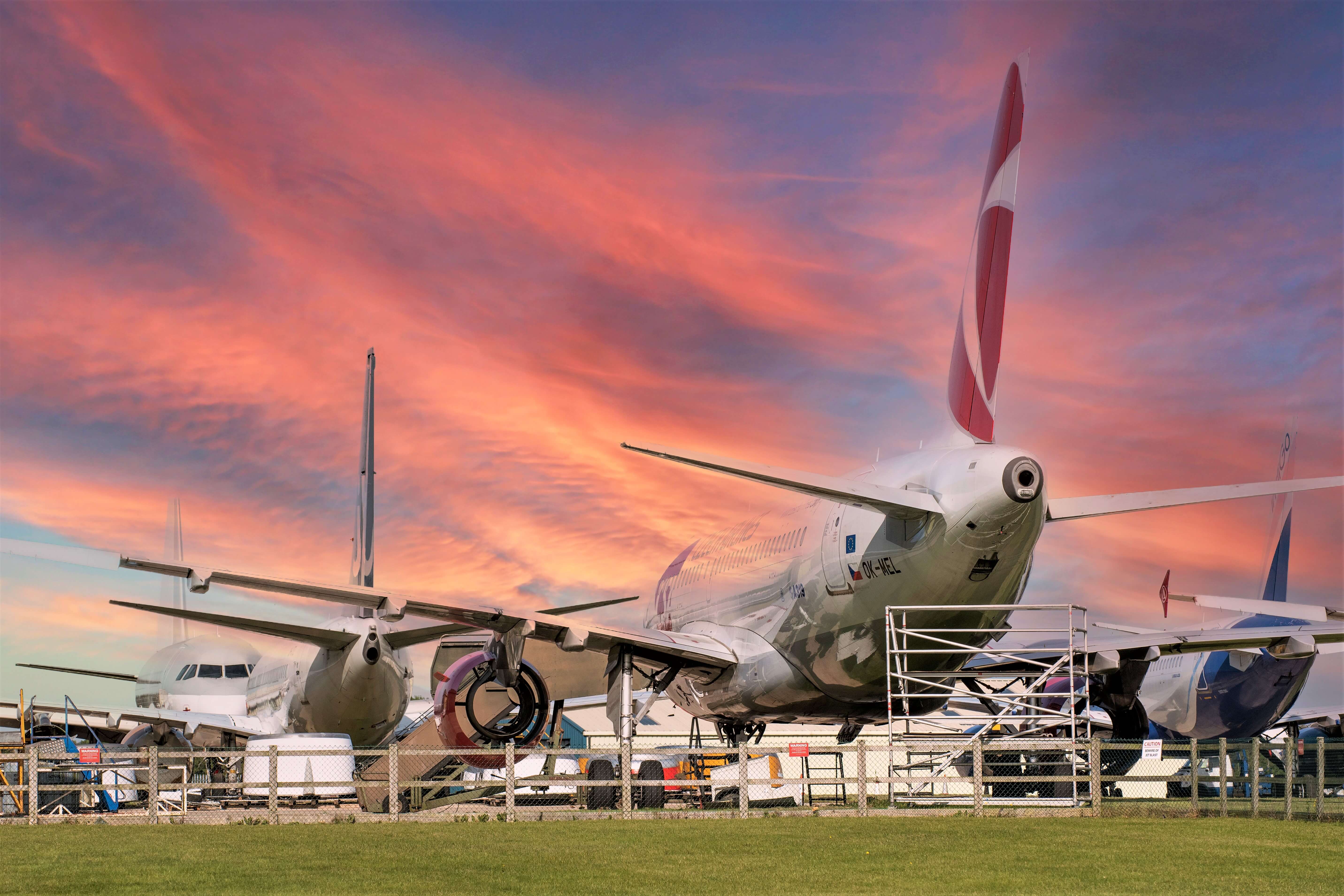
So, where do planes go once they are removed from service?
Once an airline decides to retire a jet, it doesn’t mean that the aircraft is permanently grounded. In some cases, air carriers put planes in long-term storage and reactivate them later when market conditions improve. Typically, when the costs of running an older plane are high but it is still valuable as an aircraft, an airline chooses either to reactivate a jet or sell it to a smaller air carrier.
However, when the value of aircraft parts and components are higher than the plane itself, airlines retire the plane for good. And when a jet is retired indefinitely, it is usually sent to an aircraft boneyard (or graveyard). Boneyards are often located in deserts as dry weather conditions help to limit corrosion. In these facilities, the valuable parts of an aircraft are removed for reuse or resale before the rest of it is scrapped.
Planes have a number of used serviceable materials (USMs) that are derived from scrapped or disassembled jets. Airlines operating fleets that are near to retirement usually use USMs to change components of the same aircraft model in the rest of the fleet to reduce costs. It is usually cheaper to do this than purchase new rotable parts.
For example, used aircraft engines are in high demand in the secondhand parts market as their turbines contain rotating blades and other components such as disks – elements that the aircraft operator must regularly exchange in order to comply with the manufaturer’s aircraft safety regulations. The value of a used plane turbofan engine can reach around $2 million. But it is up to 50% cheaper for an airline to purchase this kind of engine compared to the cost of a brand new component.
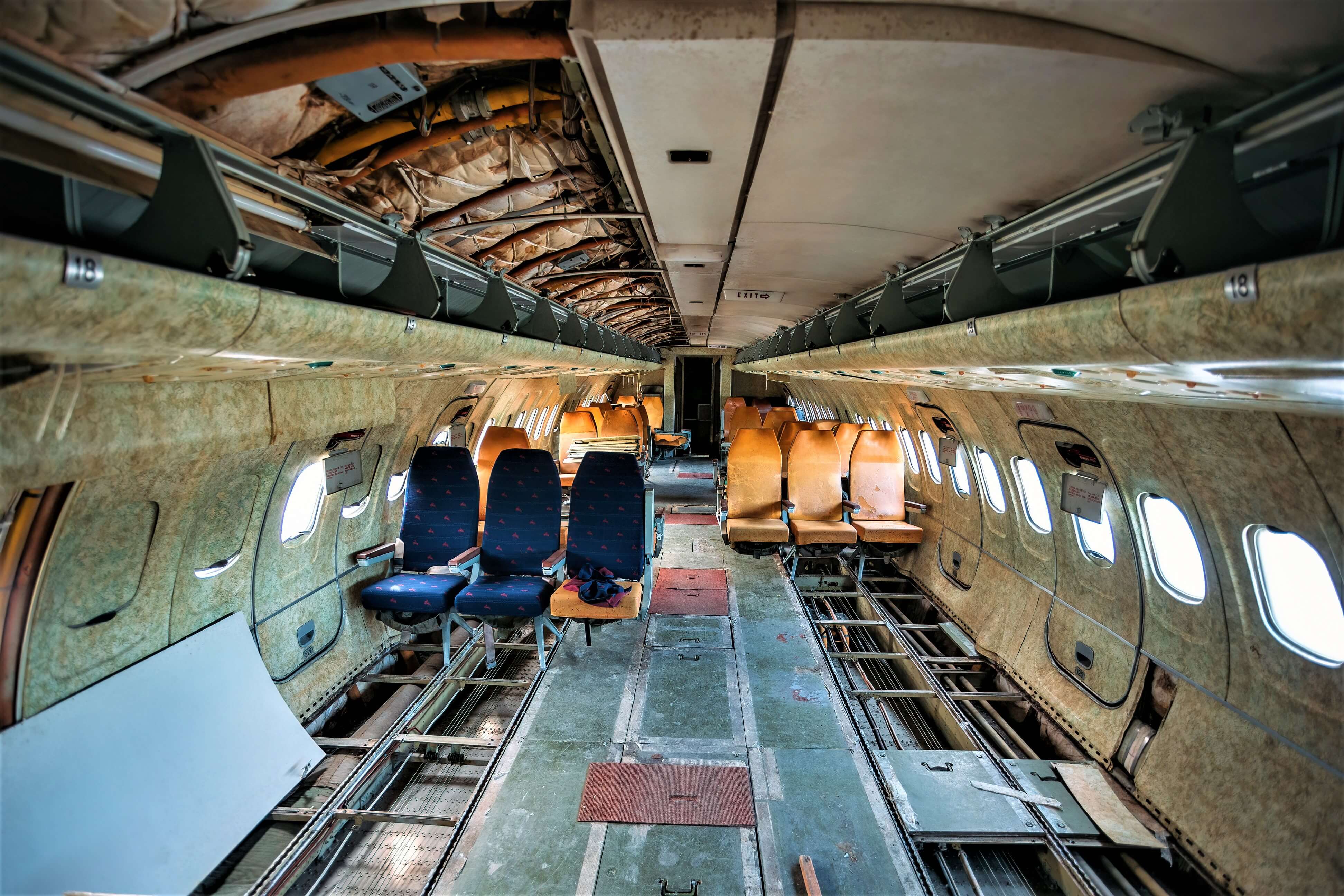
90% of plane parts can be recycled or resued
USMs are not only the parts of an old aircraft granted a second life after retirement.
The longer a jet is stored, the more time is required to perform all the necessary reactivation work to prepare it for commercial service. It takes roughly 40 worker hours for a narrow-body and around 100 worker hours for a wide-body aircraft to bring it back from long-term storage and into operation. In some cases, it may take 1,000 hours of maintenance work.
But when it comes to the final farewell, depending on the size and model it can take between 30 and 60 days until a plane is dismanted into 1,500 or 2,000 parts. It includes engines, auxiliary power units, landing gear and other components which may be reused or sold.
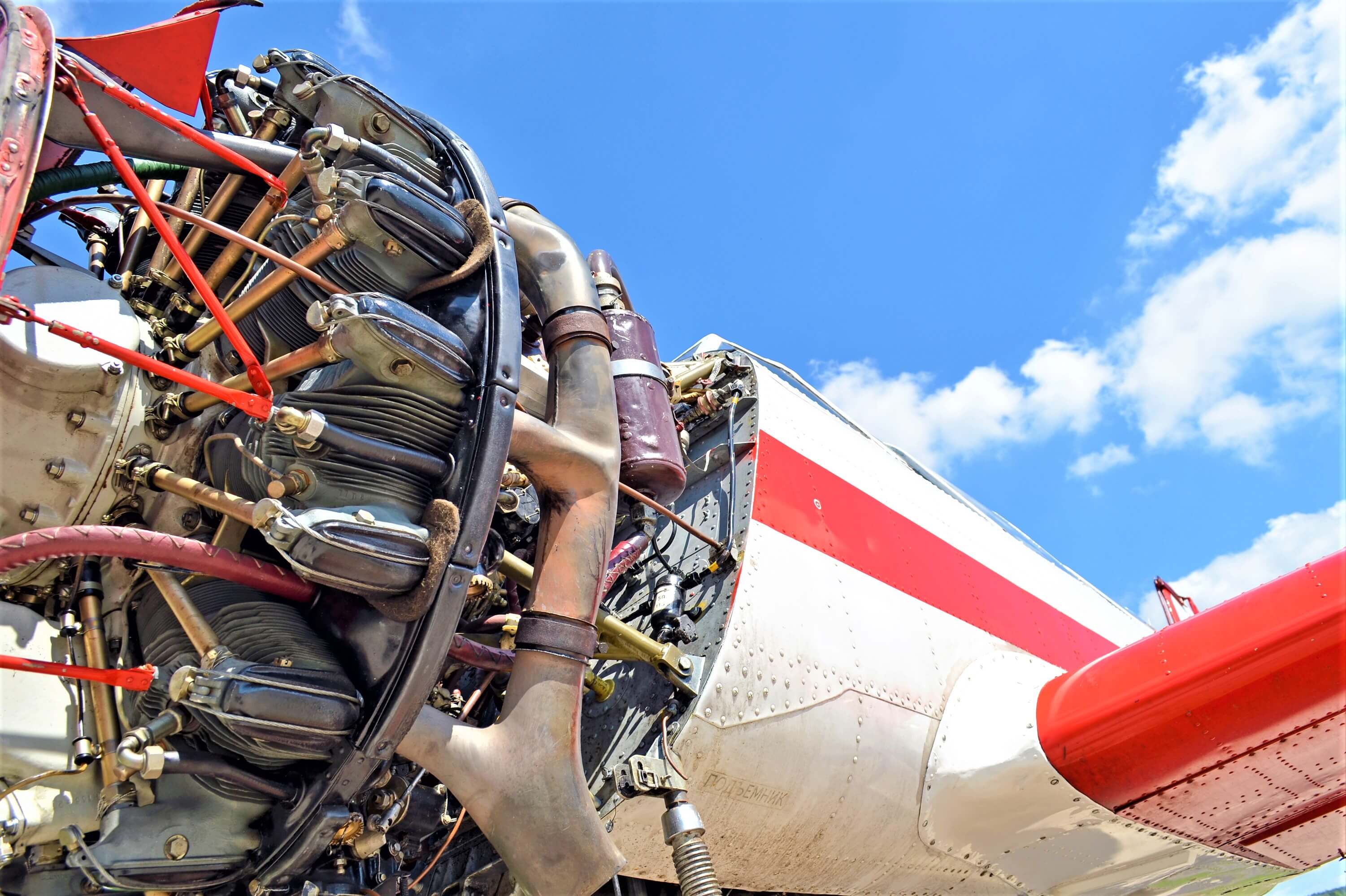
However, there are yet more valuable parts. According to the Aircraft Fleet Recycling Association (AFRA), around 90% of plane parts can be recycled or resued by other industries, making a positive impact on the environment in terms of sustainability.
Once dismantled from an old aircraft, seats can be sold collectively for between $450 and $5,000, while landing gear could be revived for a second life for millions of dollars. Other parts and components, such as plane cables, batteries and electronics, are sent for conventional recycling, where they are sorted, cleaned, shredded, melted down and pelletized to be reused. Unfortunately, plastic aircraft interior components are not usually recycled as they are made out of different kinds of plastics and contain flame-retardant chemicals.
Meanwhile, as the plane’s body mostly consists of aluminum, it is commonly scrapped into smaller pieces so that the scrap metal can melted down for further use. For instance, a scrap of a Boeing 747 fuselage is worth up to $55,000.
According to the US Environmental Protection Agency, plane recycling supports a more sustainable economy. The agency estimates that using recycled aluminium from an aircraft fuselage saves energy by 95%, saves 90% in raw materials used, and reduces air and water pollution by around 81%.
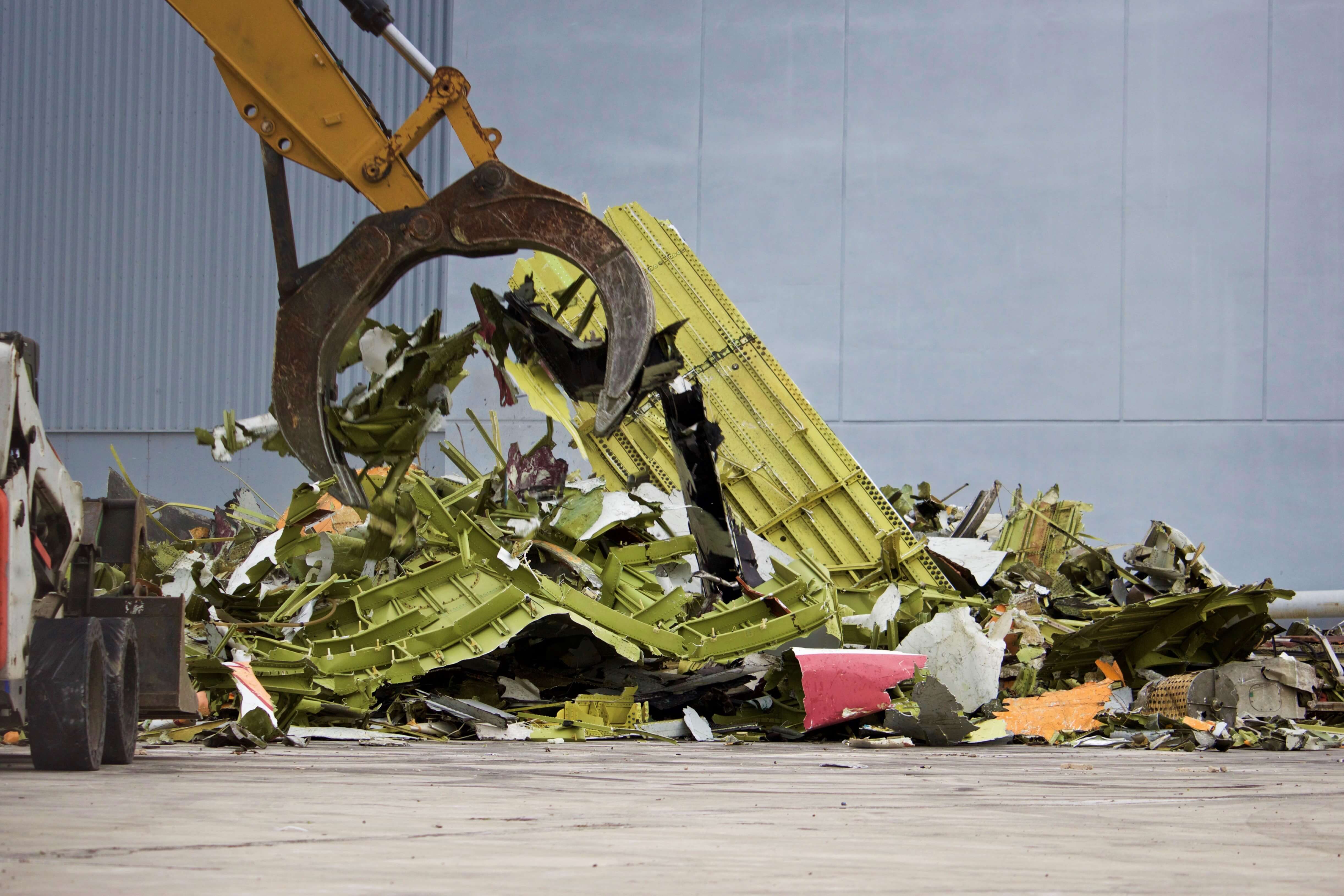
So, what are old planes turned into?
There are plenty of everyday uses for aluminium salavaged from scrapped aircraft, including beverage cans, aerosols, bottle tops, window frames, plates and coins.
In addition, some manufacturers produce aircraft cabin mock-up units that airlines use for cabin crew training purposes. This means that aircraft parts, such as engine compartrments, can be reused. And furniture from planes can be turned into aviation-themed tables, conference desks and chairs.
Old planes can be also converted into aviation-themed businesses. For example, some enterpreneurs turn retired parked aircraft into hotel suites. One example is the Stockholm-based hotel ‘Jumbo Stay’, which is located near to Arlanda Airport (ARN). The hotel was launched in 2009 when its founder decided to turn a 46-year-old Boeing 747-212B Jumbo jet, also known as Queen of the Skies, into a spacious hotel on the ground. Before its transition, the aircraft was operated by the now-defunct Swedish airline Transjet, which ceased operations in 2002. Originally built to fly Singapore Airlines (SIA1) (SINGY) long-haul routes, and later serving Pan Am flights, the wide-body aircraft is now equipped with 33 rooms and is capable of hosting 76 guests at a time.
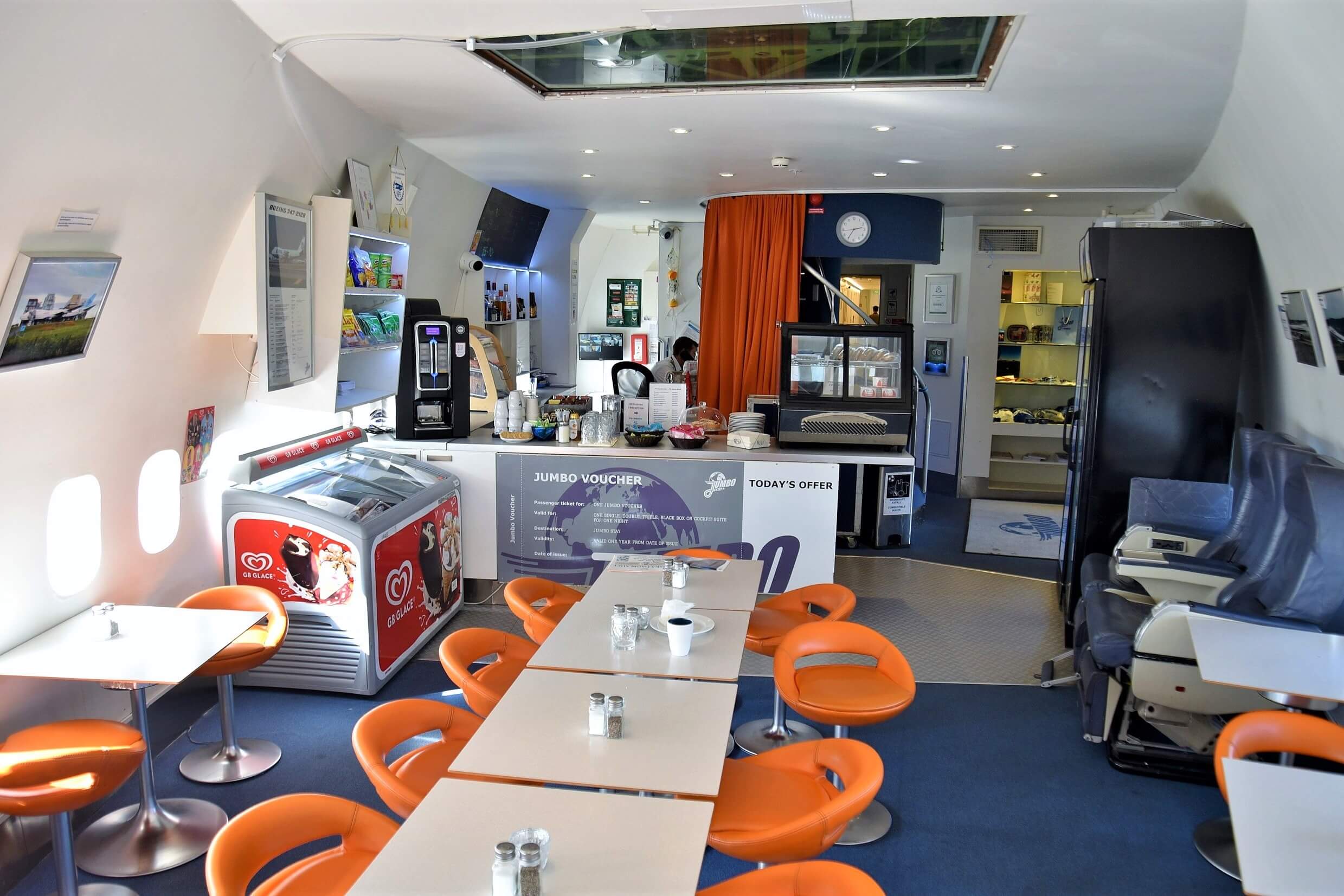
But this is not the only way to transform an aircraft.
Two Irish builders have proved that it is possible to convert a passenger plane into a comfortable home office. Having started with a single glamping pod, which was made from the fuselage of an Indian low-cost carrier Indigo retired Airbus A320 jet, the duo customized part of a cabin into a spacious 10-window pod with a working space, a bedroom and a kitchen. After this successful project, the enterpreneurs launched an aircraft conversion compan, which currently provides customized pods made from cabins of various jets.
But is it easy to aquire an aircraft from a boneyard for conversion?
Not surprsingly, giving a retired plane a second life is not a simple process. As well as the investment needed for the transformation, stringent requirements restrict individuals wishing to purchase a plane from a boneyard. While sales of used parts and components are common, when it comes to the aquisition of an entire retired jet, it gets more complicated as purchases can only be made by a company or individual who has the correct license.

